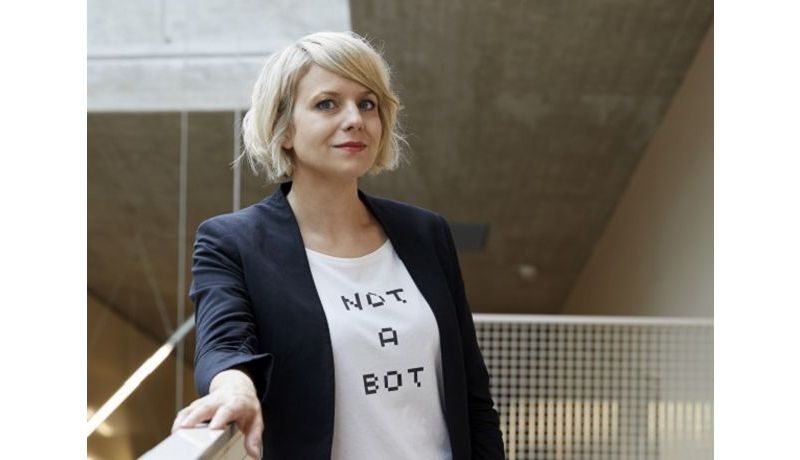Animated photos. Simulating those who have passed away. AI can make any number of things possible. Technical wizardry? Something to help those grieving? Or are we bringing forth ghosts we can no longer get rid of?
![[Translate to Englisch:] [Translate to Englisch:]](/fileadmin/marketing/Presse_Savoy/News/2021/Maerz/JKU-Kepler-animiert.jpg)
Bringing old photos to life? Deep learning software by MyHeritage can make it possible. And lo and behold – our university’s namesake Johannes Kepler seems to be actually looking around the room. Other photos even go a step further: during a South Korean TV show, a mother said goodbye to her deceased child. The deceased child’s personality was simulated using artificial intelligence. Is it just a harmless gimmick? Or could it become a modern means to cope with grief? Or should we tread carefully when playing around with ghosts of the past? We spoke with Prof. Martina Mara (Robopsychology) and Emanuele Ratti (AI ethicist) about this topic.
Emanuele Ratti not only conducts research at the Institute of Philosophy and Scientific Methods, he has also developed a university course on the ethics of artificial intelligence. He believes these kinds of programs are memory triggers, much like photos and videos. Ratti remarked, "We can, however, assume that in the future, artificial intelligence can create extremely true-to-life, interactive simulations. There is most certainly a psychological risk that grieving people will engage in these simulations in a way that is not mentally healthy. In this regard, these kinds of tools should most definitely be developed together with psychologists."
Does this mean we should draw a strict line? Difficult, says the science philosopher. “… because it’s hard to say in advance what is allowed and what is not. Like with all new kinds of technologies, we do not know about the benefits, possibilities and dangers beforehand. What you can do, however, is involve those affected in the development process. That way, you can develop the technology to meet a person’s needs."
While the smiling photos can be a source of amusement, some people find it downright creepy. Why?
Prof. Martina Mara, who studies the effect of robot – human interaction at the LIT Robopsychology Lab, explains; "This is referred to as Uncanny Valley. People become unsettled when others are modeled in a very realistic - but yet not entirely perfect - way." Ernst Jentsch even described the root of these kinds of uncanny feelings back in 1906: "The doubt as to if that which seems inanimate is, in fact, not animate - or vice versa."
The animated images of those we know in particular can give us this particularly uncanny feeling. "The animated image will always move a bit differently than the real person does or did, meaning the person whose behavior and facial expressions we know or knew well. While the image looks real, it is not quite authentic and that is what creates that feeling of creepiness."
The effect with animals is similar. Robotic cats, for example, were built to cheer up those suffering from dementia. While the robotic animals moved, the fact that they did not move in a more true-to-life way was perceived as creepy. The idea now is to create robotic seals. "No one has ever had a seal at home and since we are fairly unfamiliar with their movements and facial expressions, these robotic animals are less likely to be perceived as creepy."
And would Prof. Mara use this kind of technology herself?
"Well,” she said with a smile, “I would be very curious to see it for myself so I would probably try it out for sure."










